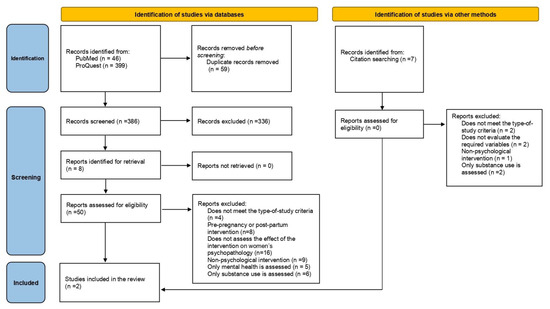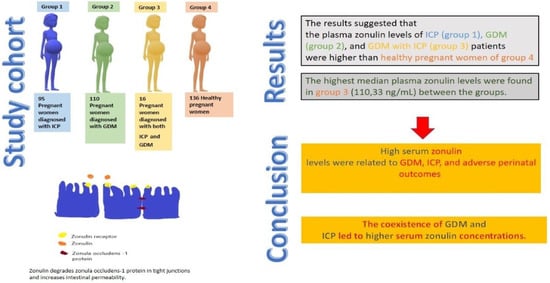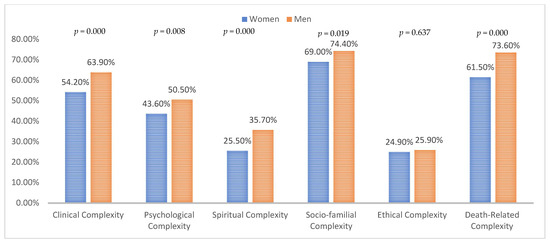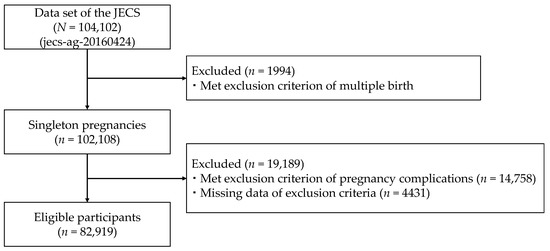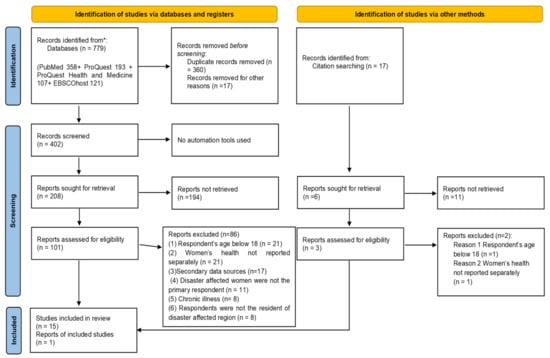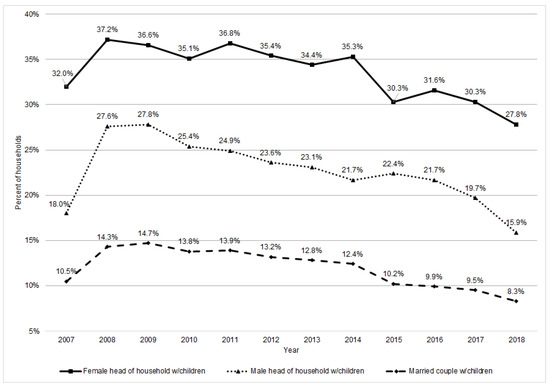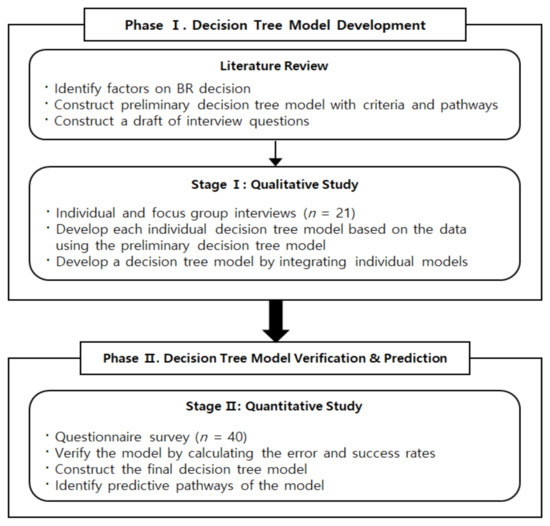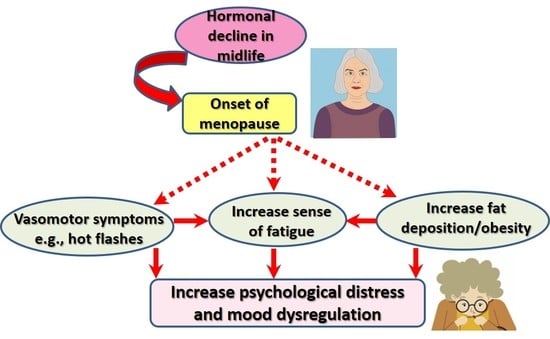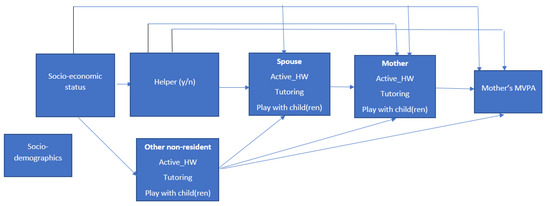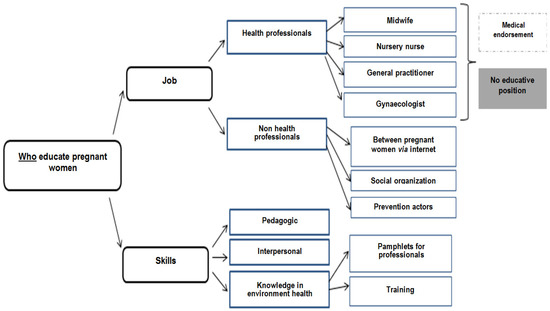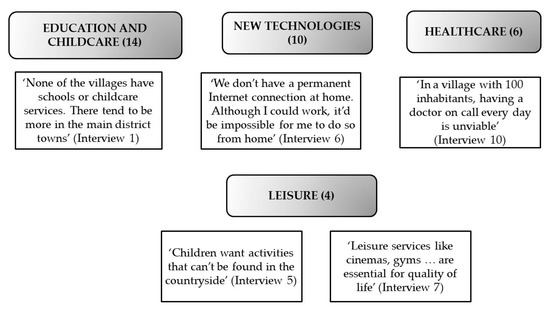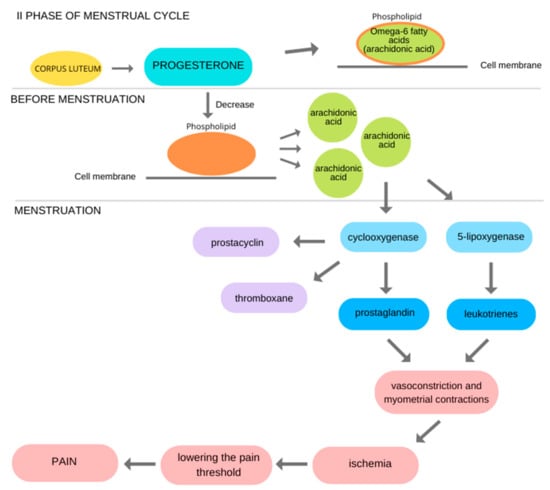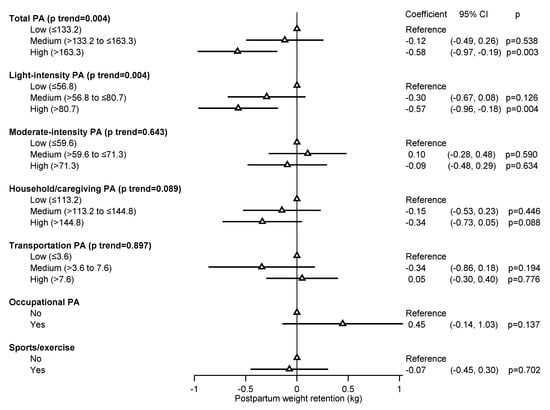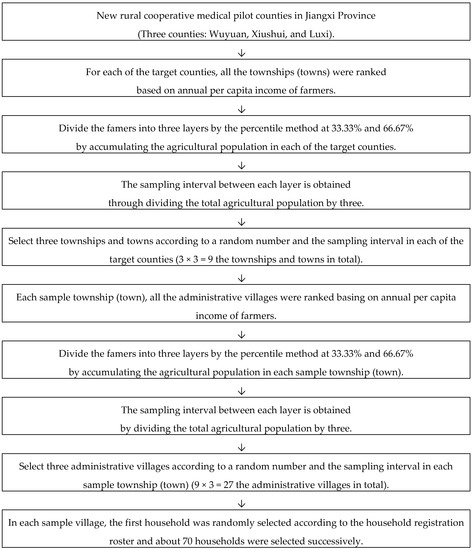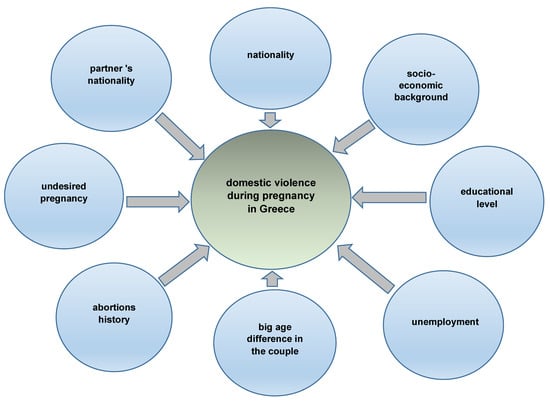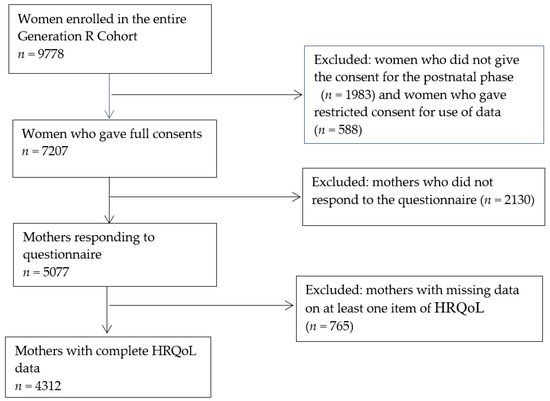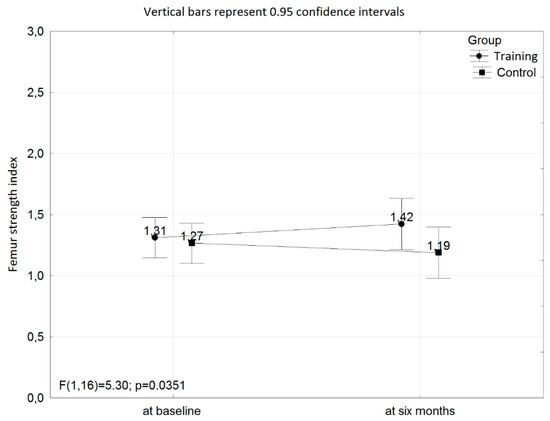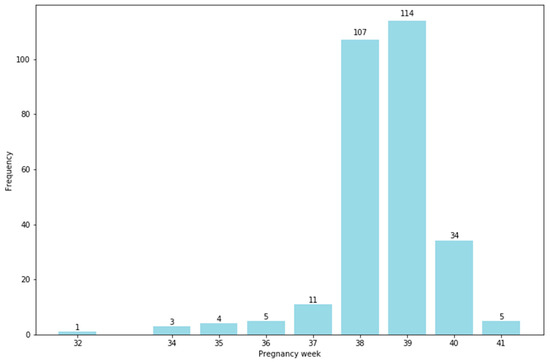Potential Risks and Factors of Women's Health Promotion
A topical collection in International Journal of Environmental Research and Public Health (ISSN 1660-4601). This collection belongs to the section "Health Care Sciences".
Viewed by 199914Editors
Interests: health promotion; vaccination; breastfeeding; screening; health impact assessment vaccine effectiveness; vaccine efficacy
Special Issues, Collections and Topics in MDPI journals
Interests: vaccine; prevention; vaccination coverage
Special Issues, Collections and Topics in MDPI journals
2. Vaccination Unit, University Hospital of Palermo, Palermo, Italy
Interests: vaccination; vaccines; vaccine hesitancy; vaccine outreach; vaccine communication; paediatric vaccination; adolescent vaccination; adult vaccination; elderly vaccination
Special Issues, Collections and Topics in MDPI journals
Topical Collection Information
Dear Colleagues,
In addition to diseases shared by both sexes, there are a number of illnesses and injuries that are primarily associated with women. These health problems are less likely to be detected and treated because of the narrow framework used in considering health care for women that results from the lack of awareness of both the recipients and providers regarding the extent of women's health care needs and their requirements for comprehensive care. Worldwide, women are either not aware of such health care needs; they are aware but tend to ignore these needs because of their demanding role responsibilities, workload, and other caregiving activities; or they have been prevented from seeking health care and from maintaining their health by limited resources and structural constraints. Among the preventive strategies adopted to counteract cervical cancer the only available instrument are vaccination and screening, and only a little percentage of socially deprived women adhere to these preventive practices. Furthermore, the exclusive breastfeeding is a major topic to give short and long time benefit on the health of children and several attitude by healthcare workers and mothers can have a particular role on breastfeeding attitude. Innovative surgical technique and drugs can have a higher impact to reduce women burden of disease. Only a little core of women are familiar with results of such intervention and their adoption among women with different deprivation level can have a great impact on women’s health. Communication strategies should be also a therapeutic instruments for hard to reach women and their effectiveness should be evaluated.
This Topical Collection seeks research papers on various aspects of women’s health such as breastfeeding, HPV and gynecologic diseases. Especially we encourage the submission of interdisciplinary work and multi-country collaborative research. We welcome original research papers using different study designs as well as systematic reviews and meta-analysis.
Prof. Alessandra Casuccio
Dr. Vincenzo Restivo
Dr. Claudio Costantino
Collection Editors
Manuscript Submission Information
Manuscripts should be submitted online at www.mdpi.com by registering and logging in to this website. Once you are registered, click here to go to the submission form. Manuscripts can be submitted until the deadline. All submissions that pass pre-check are peer-reviewed. Accepted papers will be published continuously in the journal (as soon as accepted) and will be listed together on the collection website. Research articles, review articles as well as short communications are invited. For planned papers, a title and short abstract (about 100 words) can be sent to the Editorial Office for announcement on this website.
Submitted manuscripts should not have been published previously, nor be under consideration for publication elsewhere (except conference proceedings papers). All manuscripts are thoroughly refereed through a single-blind peer-review process. A guide for authors and other relevant information for submission of manuscripts is available on the Instructions for Authors page. International Journal of Environmental Research and Public Health is an international peer-reviewed open access monthly journal published by MDPI.
Please visit the Instructions for Authors page before submitting a manuscript. The Article Processing Charge (APC) for publication in this open access journal is 2500 CHF (Swiss Francs). Submitted papers should be well formatted and use good English. Authors may use MDPI's English editing service prior to publication or during author revisions.
Keywords
- Women health
- Health Promotion
- HPV
- Breastfeeding
- Screening
- Reproductive health
- Social economic deprivation
- Gynecology and Obstetrics








